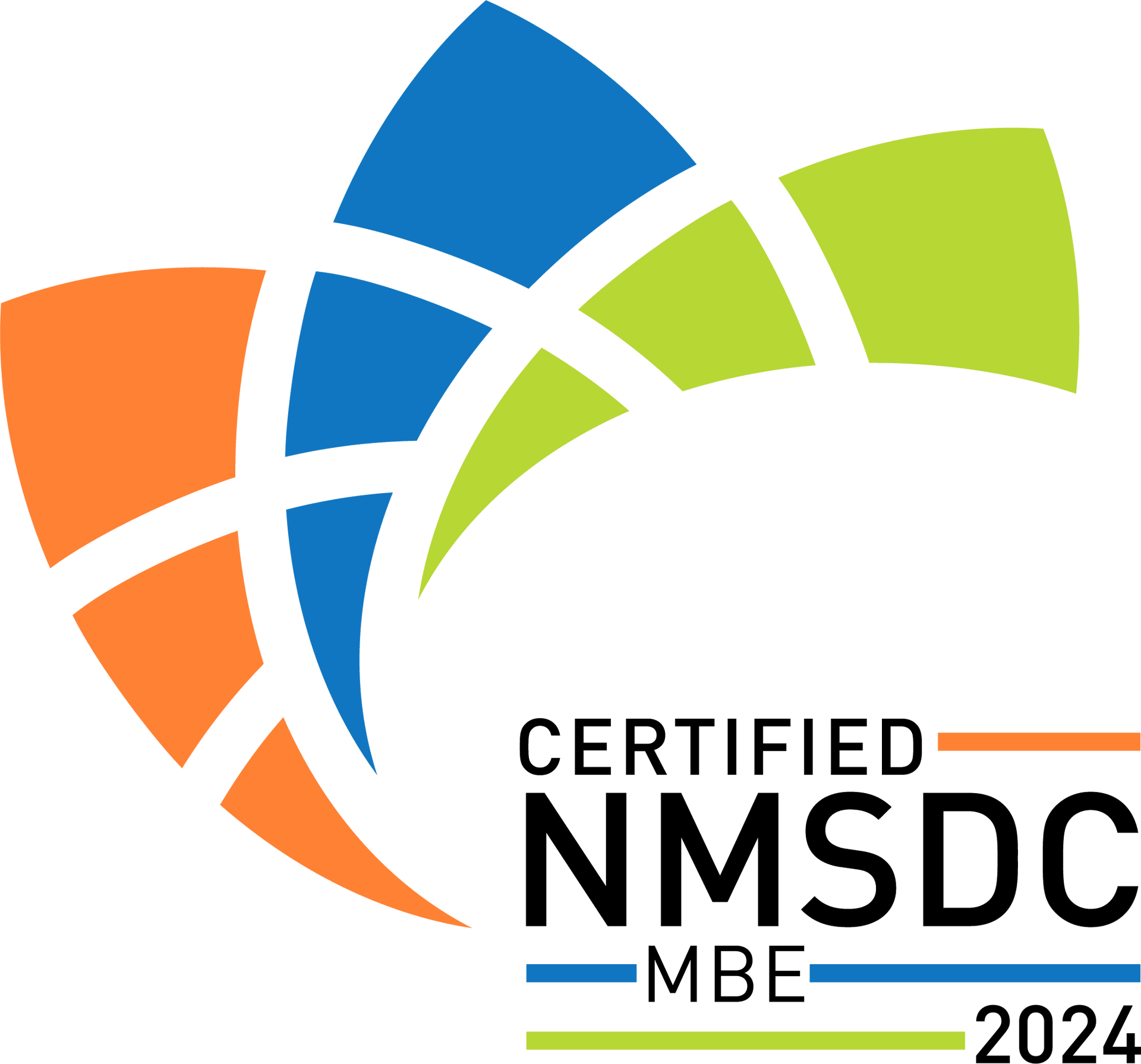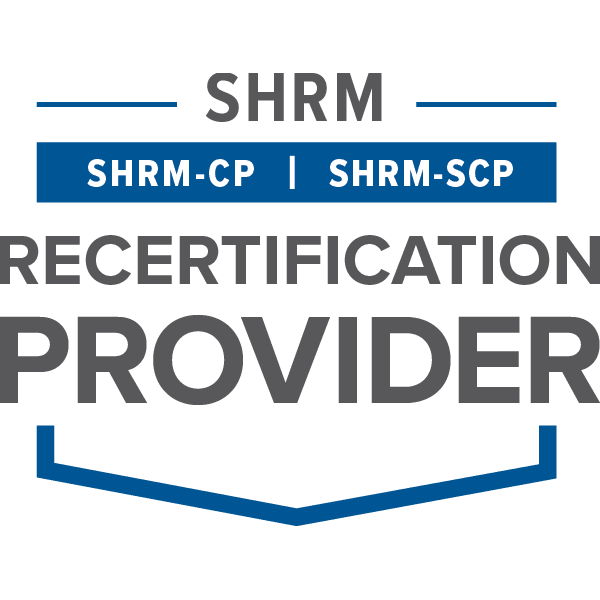Incentives for Retention
Congrats! You’ve made a hire that fits your organization’s need, but the work is far from over. How will you ensure this individual is in it for the long haul?
While employees were quarantined at home for 2 years, they’ve had time to reflect and fathom their professional needs and goals, and they will not settle for anything less. While adequate salaries and benefit packages continue to play a key role in applicants consideration processes, there are new factors that are coming into play – incentives. We are well versed in navigating what a competitive offer of employment looks like, and inclusive strategies to retain talent, that we will share with you!
Inclusivity
As organizations nationwide begin to refine and implement diverse hiring practices, it is essential to have an inclusive strategy internally to ensure diverse candidates feel that sense of belonging in the workplace. There are many steps that can be taken to create this environment, including, Leadership Education, Inclusion Councils, Departmental Transparency, Open Door policies, and more.
Professional Development Opportunities
Your organization’s growth and successes begin with your team. It’s essential to provide programs and opportunities that will continue to individually develop your staff to grow their leadership, management, and relationship building skill sets.
Coaching & Mentoring
Feedback is crucial when building a strong team. Creating a space for your team to come to Senior Leadership for mentoring opportunities and coaching feedback on a regular basis, has proven to increase not only organization success, but also individual growth.
Communication, listening, coaching, and sense of belonging are key factors to create a durable organization. Fight the Great Resignation by implementing incentives to continue retention of your ideal team.
For more information on hiring, inclusivity, and retention, visit us at www.diverse-talent.com





